
Report Ad
Many of you probably hadn't even been born when Mount St. Helens erupted on May 18th, 1980. You've never lived in an America that basically didn't expect exciting eruptions to happen in the lower 48. So it may be hard to imagine a time when most Americans were utterly astonished that one of our backyard volcanoes roared to life and caused a staggering amount of destruction, along with a substantial number of deaths, within an easy drive of major metropolitan centers.
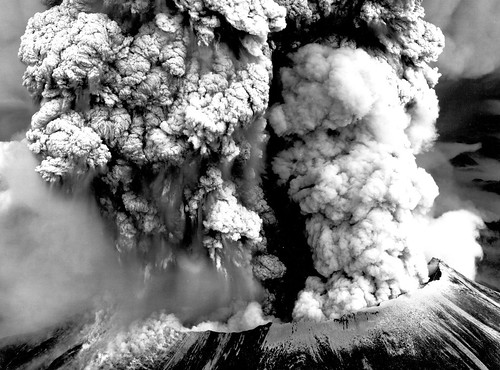
Mount St. Helens in eruption on May 18th, 1980. Credit: USGS
When the precursors were over and the volcano blew its summit on that sunny May morning, things were pretty much complete chaos. Nobody knew quite what was happening. Landmarks had been wiped out or drastically changed. It seemed to many observers that Spirit Lake was completely obliterated; the whole valley appeared to be exploding. It took a while for geologists to sort things out and figure out what happened, where, and why; what remained and what was gone; and what all those explosions in the river valley were all about.
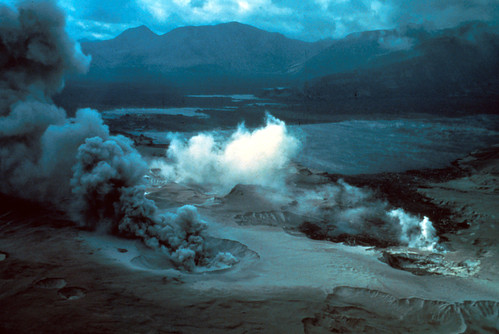
Steam blasts pits in the debris and blast deposits in this view over Spirit Lake. Credit: USGS
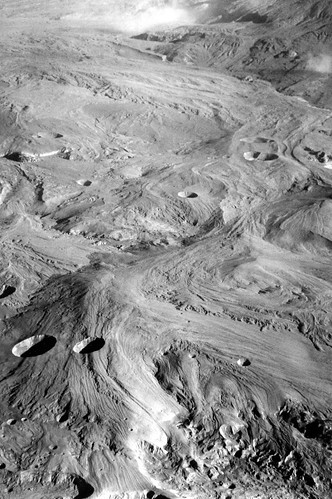
This moonscape is the result of pyroclastic flow deposits pocked with phreatic explosion craters. Credit: USGS
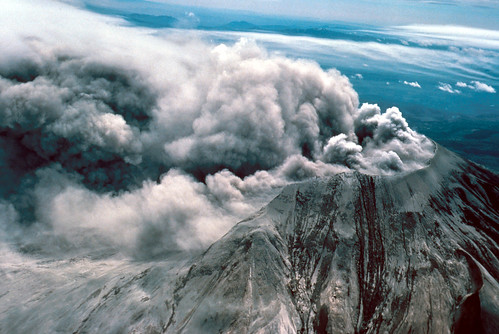
Mount St. Helens on the morning of May 19th. She's been completely changed. Credit: USGS
On this day, remember the geologists like David Johnston who gave their lives so that we could better understand these beautiful but dangerous fire mountains. Take a look through the archives here and read up on the prelude to the catastrophe, the cataclysm, and some of the immediate aftermath. Go through the series of photos from the 1980s we've collected. And if you haven't had a chance to see our very special volcano live, try to plan a trip to the Pacific Northwest to visit before she changes again.
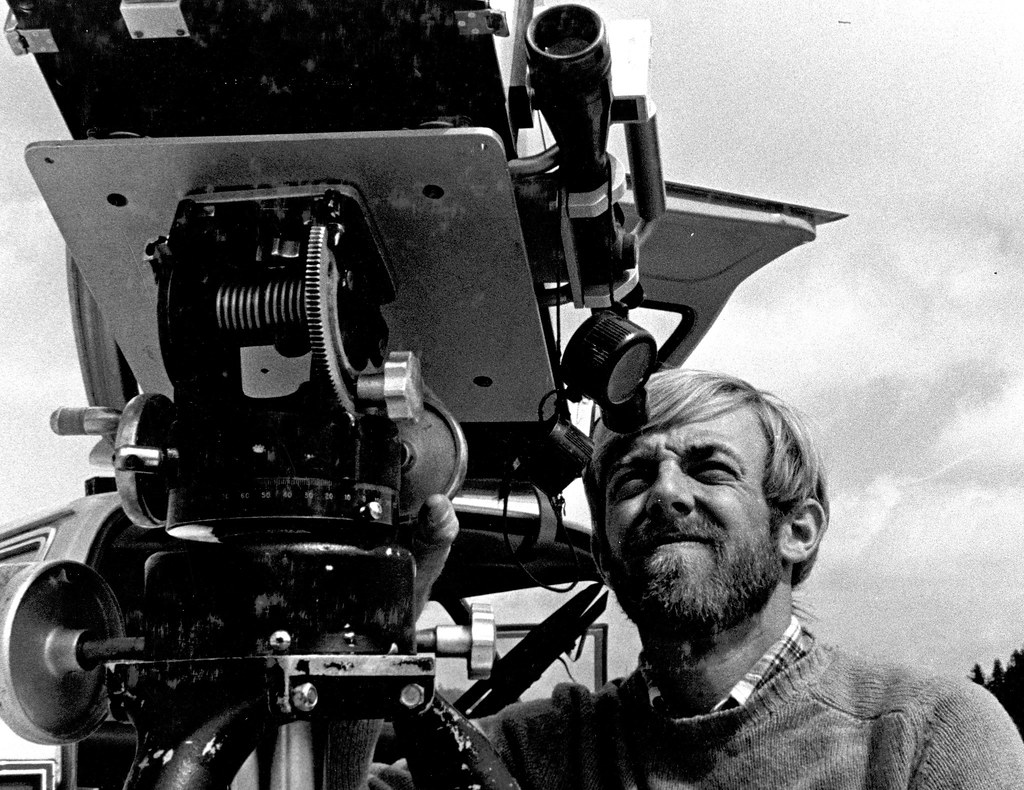
David Johnston. posing with a gas detection instrument a month before his death. Credit: USGS
No comments:
Post a Comment